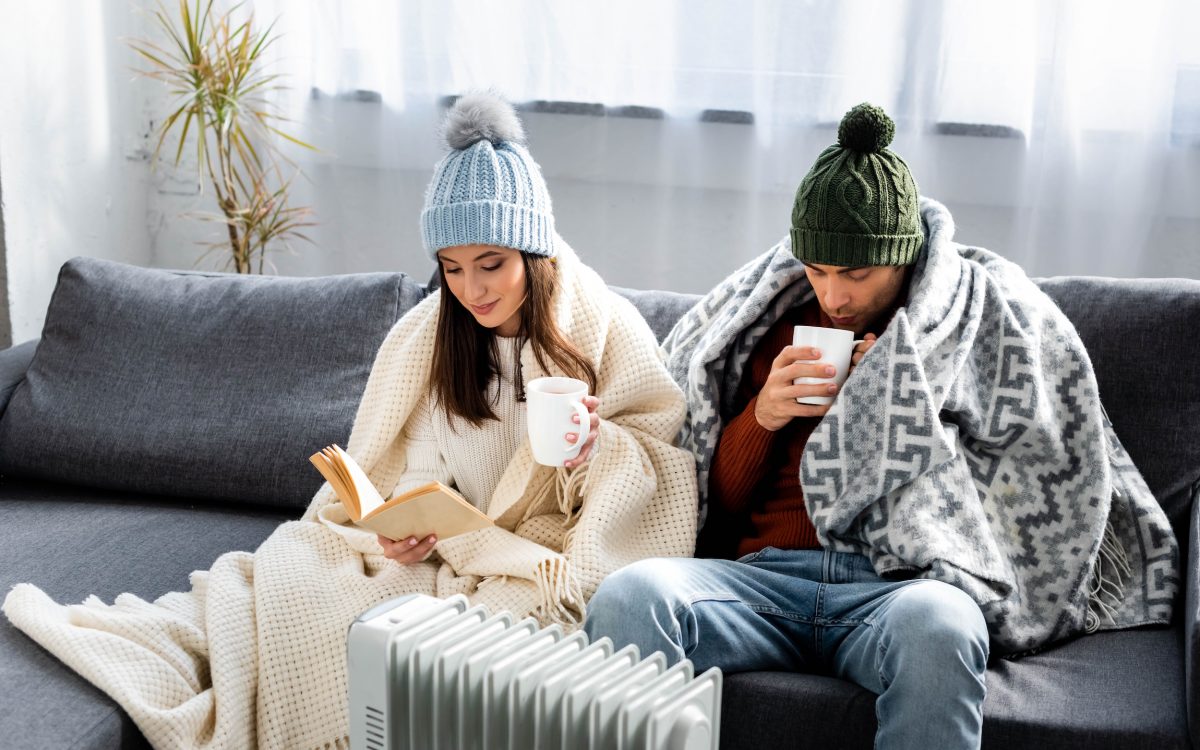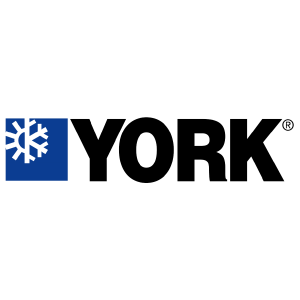Winter is a time for family, reflection, holidays, and warm beverages. It’s all about cuddling under the blankets and watching your favorite series while the wind howls outside. Texas learned the hard way during the winter of 2021, however, that when the utilities go out, things get frosty very quickly. Of course, the Texas freeze was a problem of the infrastructure and not people’s HVAC systems, but it reminded a lot of people to get their HVAC systems prepped and ready for the frigid weather.
North Fort Myers, Florida doesn’t get too cold in the winter. The area is endowed with relatively mild winters that rarely get below freezing. Nevertheless, it’s good to be prepared! Here are common winter HVAC troubles and how to fight them.
Cold Weather Blues: Common HVAC Troubles When the Thermometer Drops
People often forget that your HVAC system needs maintenance just like every other appliance in your home. Think of it this way, it’s likely that your HVAC system is running a good part of the day every day. In the summer in Florida, HVAC systems are often running all day. That takes a toll on the mechanical components and parts of the system.
#1 Uneven Airflow Throughout the Home
So even if it’s not covered in snow outside, winter nights can still get chilly. People might often experience uneven airflow and temperature throughout the home. No one wants one part of the home to be warm and the other cold as heck. So how do you solve this problem? A lot of times, uneven airflow is caused by a blocked air duct or ducts that are improperly sized.
#2 Overused or Worn Out Heater Filters
Depending on what kind of heating unit you have, if heaters are overused and not properly maintained, they can get clogged with debris, dust, or other particles. When a filter is clogged, it leads to uneven airflow which can trap the warm air and prevent the home from heating properly. Not switching out those dirty filters can also cause other types of problems including higher energy bills, decreased air quality, and temperature irregularity.
#3 Broken Thermostat
From older systems to newer systems, if the electric wirings or components of the thermostat are not functioning, this will cause problems with the heating of the home and the entire system. It might be possible that you need a new thermostat that needs to be recalibrated.
#4 Carbon Monoxide Leaks
Keep your home safe by inspecting the heat exchanger or other heater components. Because it cannot be easily detected, carbon monoxide can pose a threat to the people in the home. This poisonous gas is odorless and tasteless.
Types of Heating Systems: Past and Present
In today’s day and age, we have several options for heating our homes. Throughout the last century, advancements in the field have improved the efficiency of these systems and allowed for many variations. The benefits of each system might also depend on local climate conditions so that people in much colder parts of the country have unique needs, different from folks in Southern states that get shorter winters.
The most common types of heating systems today include:
Forced Air Heating/Cooling Systems
This type of heating system is common in the United States. This system makes use of a furnace and a blower fan. The fan blows air through a series of ducts across the home. These systems are fueled by liquid propane, fuel oil, or electricity.
Traditional Boilers and Radiators
Many homes today still have a boiler to heat the home. These systems work via pipes that carry steam or hot water to radiator units throughout the house. While these are older units and not usually installed in newer homes, good radiator systems can still heat a home quite comfortably without drying out the air.
In-Floor Heating Systems
These may not be prevalent, but they are a modern type of heating that many people in colder climates prefer. This system heats objects such as the flooring, instead of heating the air. The heating system is quite literally installed within the floors, in the form of plastic tubing in the concrete slabs, attached to wood floors, or through wiring underneath the flooring material like ceramic.
Stay Warm This Winter With HVAC Maintenance and Repair
Custom Cooling has seen every kind of system under the sun. So regardless of the kind of heating and cooling system that you own, we are here to help when things go wrong. Of course, a little maintenance can keep things from malfunctioning at the worst possible moment.
Wondering what your HVAC system might need this winter? Call Custom Cooling and get prepared.



